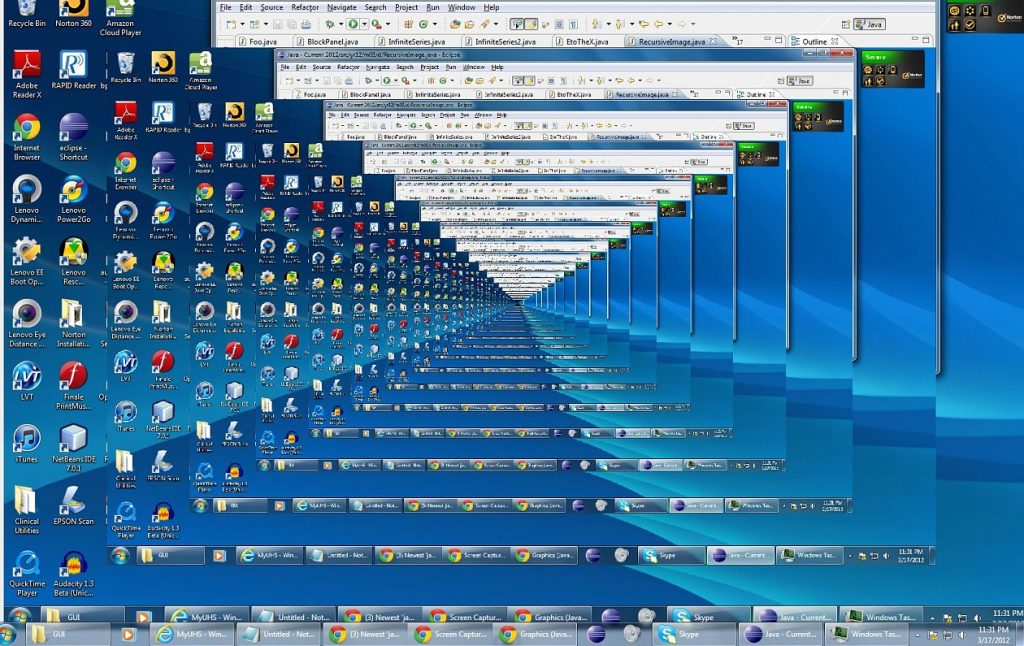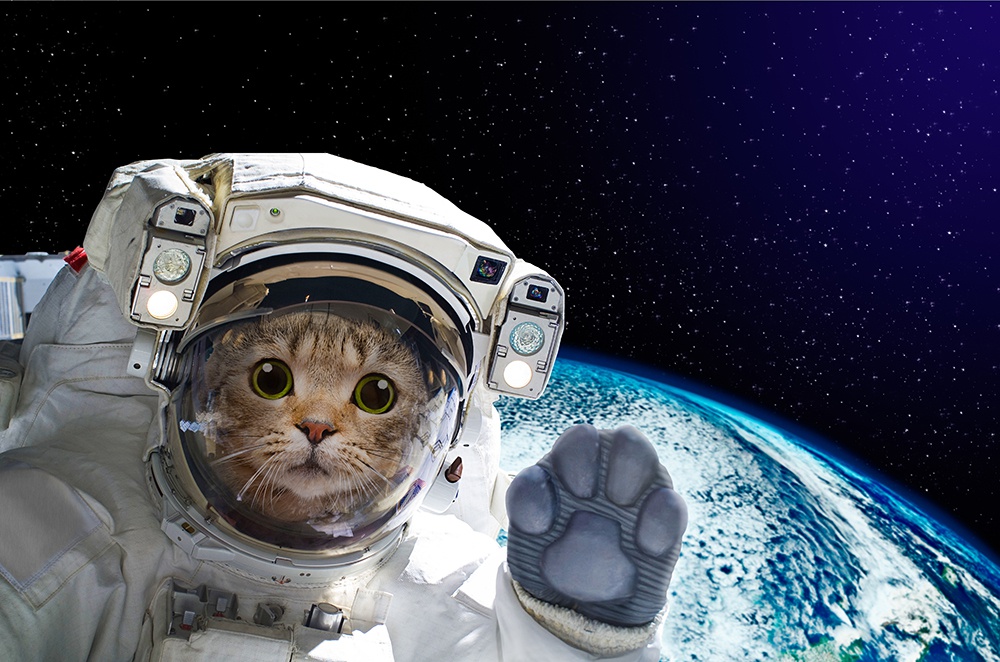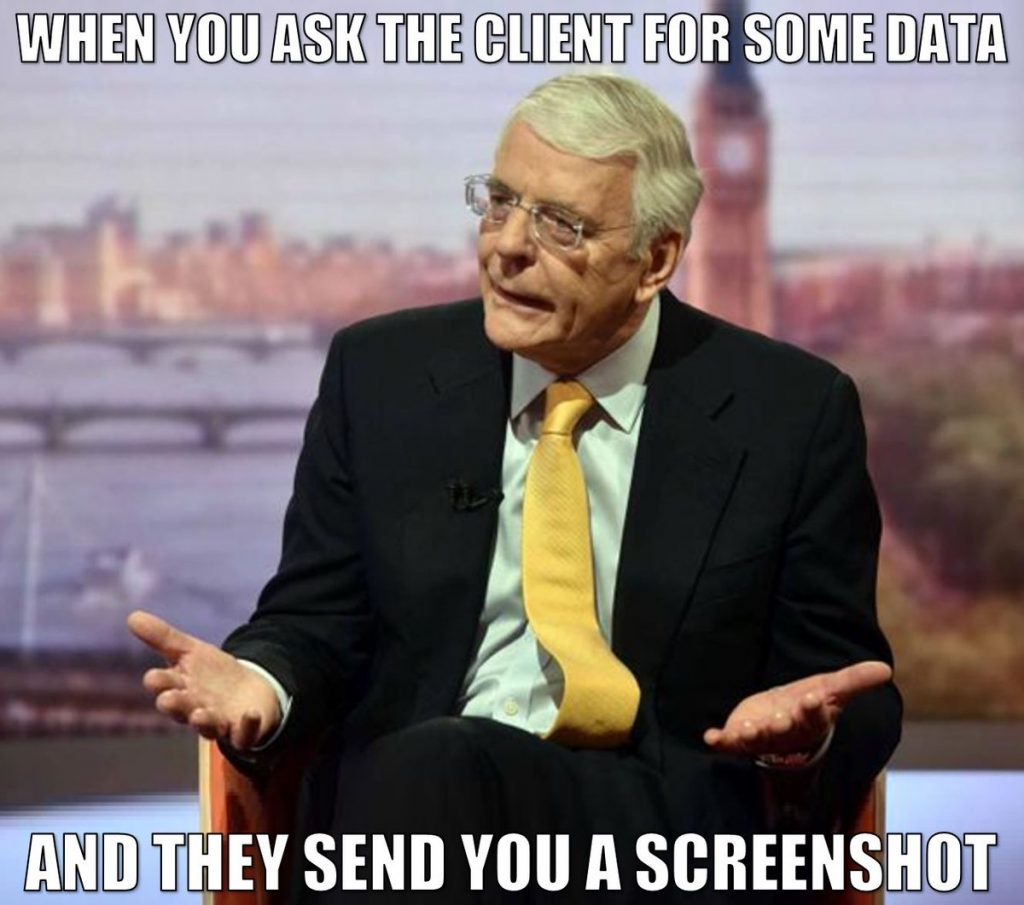Flash and Click: The Art and Artifice of the Screenshot
Scrutiny of image is at an all-time high. From selfies to chatrooms, sensitive documents to whatever your lunch looked like, the JPEG is king in the 21st century.

Indeed, at least 200,000 photos are uploaded to Facebook every minute of every day. We can never know just what percentage of the internet is made up of information in the form of photographic images, but aided by apps such as Pinterest, Layout, Instagram, Snapchat and their ilk, one can only assume it is in the 80% area. To put it in some sort of context, according to Internet Trending polls in 2014, there were around 657 billion photos uploaded within the year
That’s a lot of pouting.
It’s nothing new. Cavemen drew pictures on walls, not just to tell a story, but to plant a flag in the sand. We were here, isn’t that incredible?
Ironically, the handling of photographs online, in the contemporary world, is almost the polar opposite in intent, more often than not a display of the worst aspects of our nature. Cavemen may have depicted battles and victories, but they have nothing on nudes and cute cat fails.

Every mobile phone has a camera. Every camera is now connected to the internet and the art of screenshotting plays a large part in understanding just why images have such a stronghold on our culture.
Screenshotting, in purely technical terms is the process of capturing anything shown on your computer screen and saving it as an image file. Basically, taking a snapshot or picture of whatever is showing on your computer, mobile, or tablet screen at the time.
It can be done on any device, the procedures merely depend on the hardware. For most phones, you simply hold down the power and camera buttons simultaneously and wait for the screen to flash and click.
The positives are multiple. Screenshots are functional, an easy way to share an online image from another website, with friends on your social media, or, in troubleshooting terms, to send a picture of an onscreen error message to the help centre you may have contacted, when your laptop crashes.
We can embrace such potential, of course, with many a business using screenshots to communicate information between departments, or partners, all over the world, within seconds. It can allow us to preserve a memory of a family get-together that, perhaps, someone else was taking pictures of on the day.

And yet, despite such plus points, it’s a double edged sword.
Indeed, the screenshot is problematic in more than one respect, other than the never-ending grammar argument: Is it screenshotting? Screenshooting? We may never know.
Google receives millions of requests a month to remove URLs that violate copyright, aided in many cases by a screenshot of said site, as proof of said violations. And while, legally, the submitting of screenshots as evidence in criminal proceedings are primarily down to the judge overseeing the case, there is now a culture of digital spies, intent on keeping files filled with multiple screenshots, just in case they are ever needed.
The paranoia runs deep online.
Twitter is a good example, a place where the delete button can take any offensive or misconstrued opinion and make it vanish from your timeline. Everybody does it. You type a 240 character long rant of vitriol about whatever annoys you that particular morning, then tweet it. Then the second thoughts kick in and you delete it within minutes. But its already out there, and, depending on the content (and the more offensive the better, it seems) has already been screenshot by some astute, quick thinking tweeter, forever to be seen as proof that you are racist, homophobic, intolerant, or, god forbid, a fan of Star Trek over Star Wars.
But, as with most things online focused, it’s never quite as simple.
Images can be manipulated, doctored, edited to craft a narrative far removed from the truth. Here lies the dilemma. Context is almost non existent on the internet. It is nothing more than a random opinion generator, and the dangers of such a tool are severe, as are the potential for each and every person to find themselves with a shameful digital footprint. Evidence that you were here, and you were shameful.
Image manipulation, cyber stalking, blackmail. All are the threats that go hand in hand with such potential. The idea of an image of an image makes for an almost paradoxical society, constantly on the lookout for some way to look better, ill at ease with its own image. Like a mirror reflecting a mirror, warping the perspective of the world.
A world in which one image can ruin someone.
Now that’s power.

